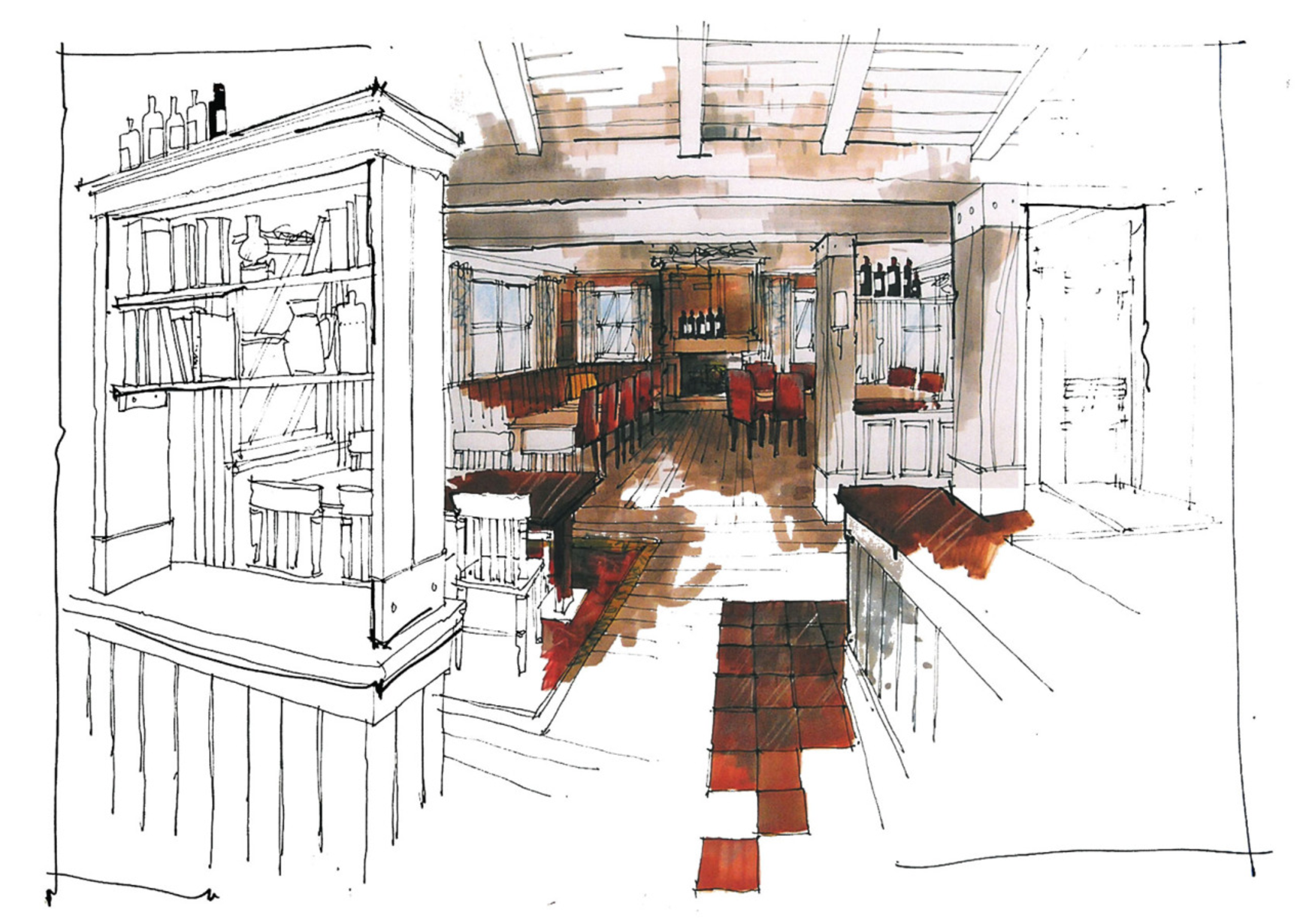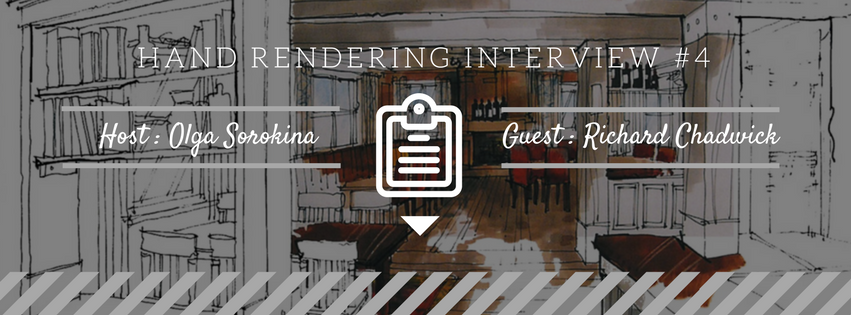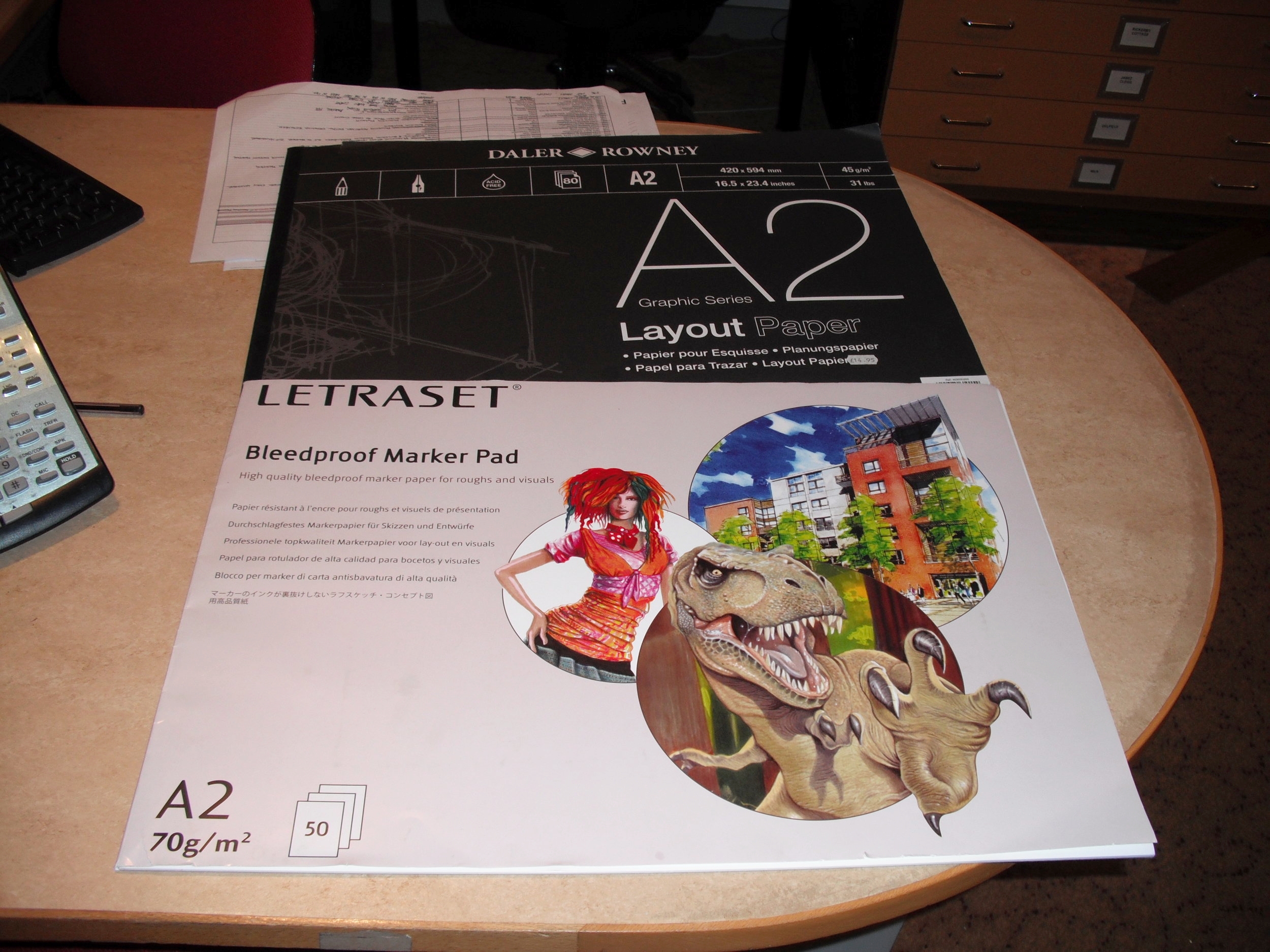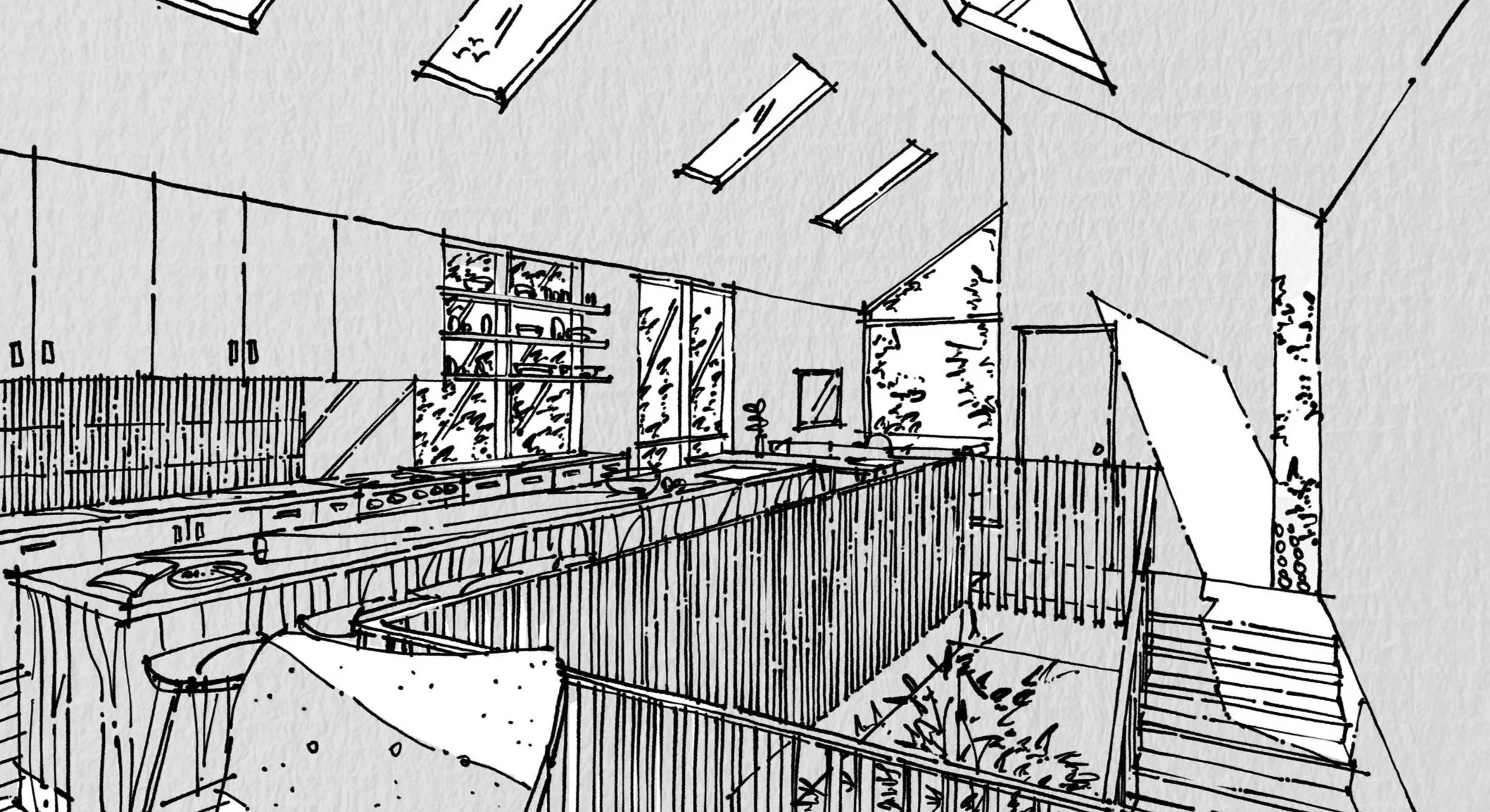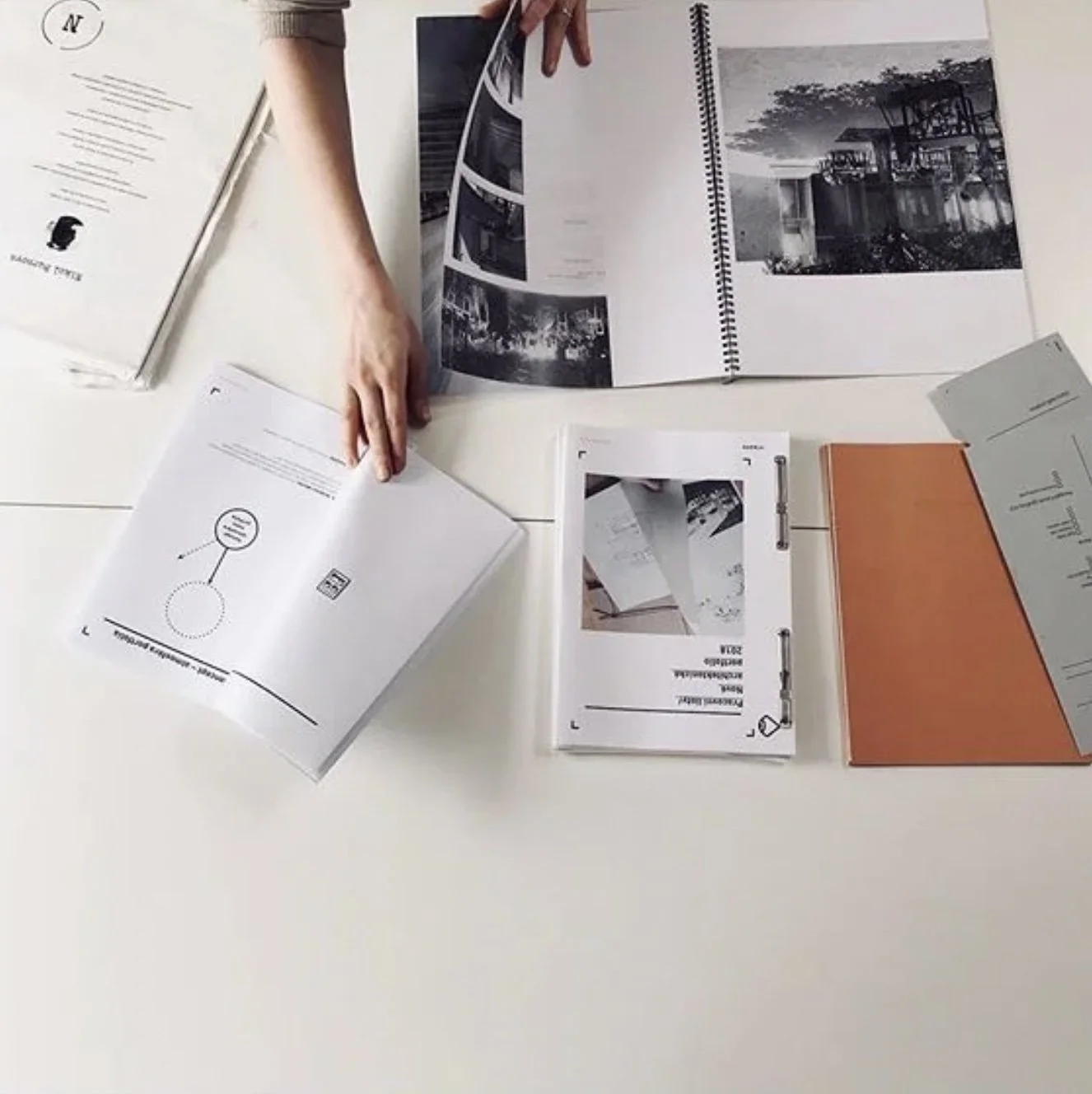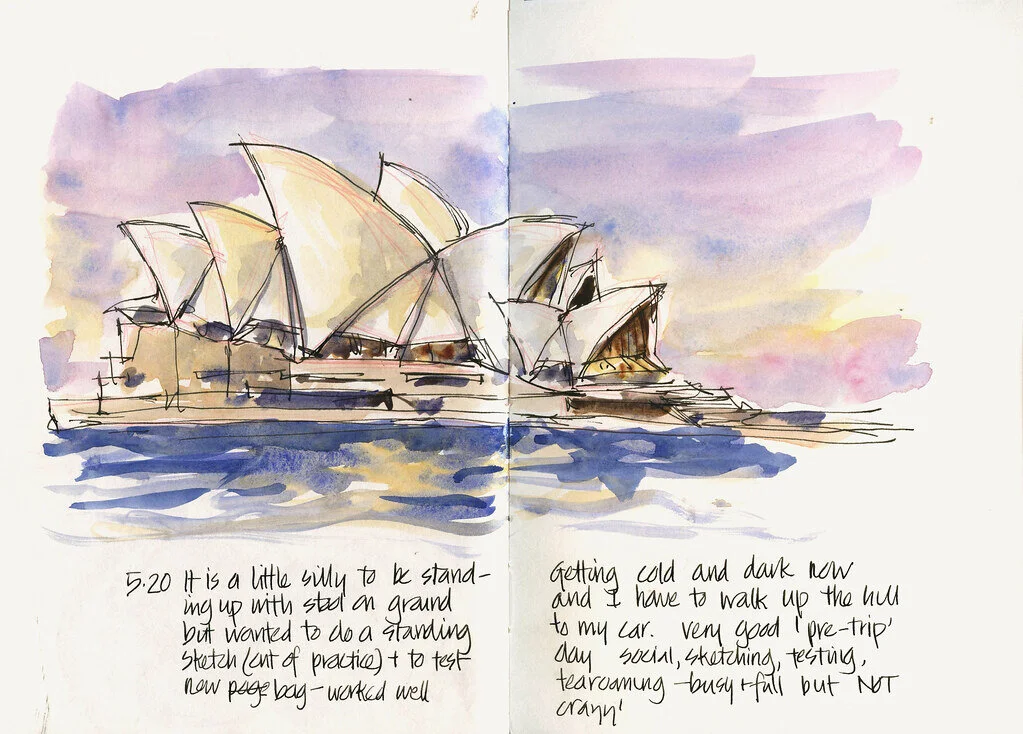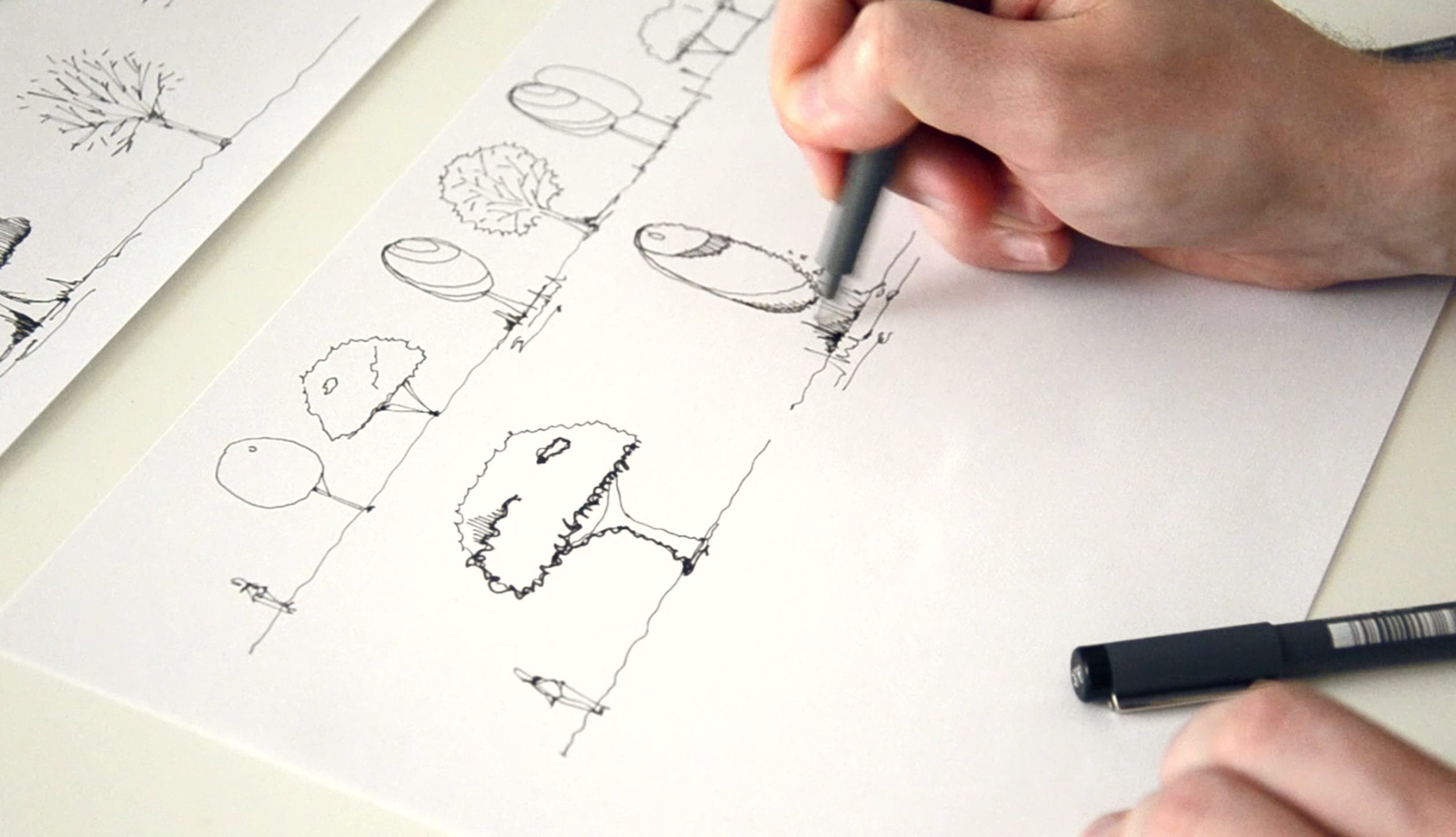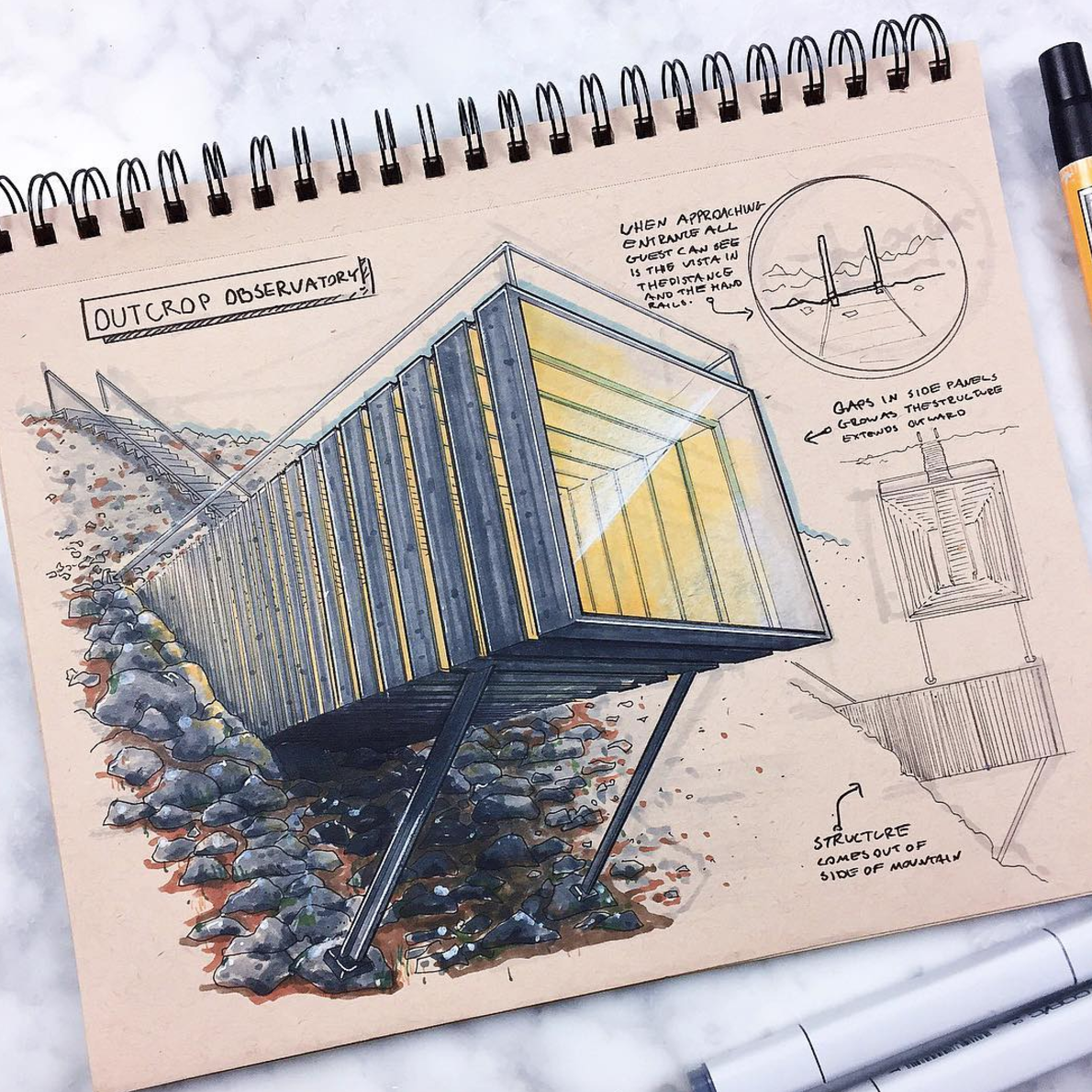With a background of over forty years working as a designer in the Leisure Industry, Richard is now concentrating on producing interior and exterior sketches for the leisure sector (bars, restaurants, coffee shops, branded outlets, corporate events).
As an antidote to the ubiquitous – and to his mind anodyne – computer produced visual, Richard's are all drawn by hand, mainly pen and marker renderings, capturing the energy of the moment and generally looking far more dynamic than anything produced by a computer programme.
Richard's website: www.interiorsketches.co.uk
1. Olga Sorokina (O. S.): Richard, could you please tell us how did you come to interior design and what was your initial step in hand rendering?
Richard Chadwick (R. Ch.): I went to art college here in the UK in the 1960’s, when interior design was only just starting as a profession , and the Leisure Industry didn’t exist as such, so basically there were no road maps – we made it up as we went along. I was lucky enough to get in with a design practise my tutor was setting up, specialisingin pubs, so it went on from there, really.
Set up by myself with a partner in 1980, and he couldn’t draw so I had to teach myself how to draw visuals. They were quite rough to begin with but for some reason I seemed to be good at it, and as I still do all the visuals for the practise I get to do a lot. It was just a question of sitting down and working it out.
“A return to hand crafted values offers a way forward from an entirely technologically based society and the tactile feel of pencil on paper has its own reward.”
2. O. S.: Your style is very bold and recognisable: partial colour filling, focusing on the central part of the composition, freehand lines, no rulers. Could you please tell us about media you use and how it affects your approach if it does.
R. Ch.: Well, this has developed over the years, but I soon realised that there is no point in colouring the whole of the sketch, as it just looks too flat – better to get some depth in by focusing in… and colouring the whole sketch takes too much time. I use layout pads and markers, which are great as they are a dry colour but you can blend, they are not a flat colour but transparent to a degree so you can work over one colour on another, and they have their own distinctive ‘ shape ‘ to a mark… and they are quick. I use a lot – see attached pics.
3. O. S.: Could you please describe your process of creating sketches (and how long does it take), for example this one:
R. Ch.: Basically I use a thin layout paper, rough out the outline and then lay another sheet over it as you can see the fain marks through it, then i just start to draw in more detail, so I might end up with six sheets on top of each other, each one more detailed than the last. Then I put one sheet of bleedproof paper over the top, do the finished sketch and then colour. The process is pretty fast; the sketch you showed in your email probably took 2 hours to draw max and possibly an hour to colour? Say two and a half hours. Its important to work quickly as it captures the energy.
“As fewer and fewer students are taught to sketch, the ‘hand drawn‘ becomes a premium skill, providing that sense of the personal, the emotional response to a brief that a mechanical interpretation can’t. ”
4. O. S.: How do you structure your workday or your workweek?
R. Ch.: Basically there is no structure. I just do what needs to be done next. We have quite a few jobs on as a design practise, so i am working currently on a pub with 10 bedrooms that has to be finished by April and another new hotel in Manchester with 20 bedrooms. I also have to produce in the next week four sketches of a wedding venue for a client in Los Angeles, and another designer wants a couple of sketches for a pizza restaurant in London. Apart from this, I have an exhibition of other artwork opening next week. Workload varies from day to day, week to week and there is no structure as such. For example, my next week structured as follows:
Monday – site meeting for hotel 8.00 am, then design studio, then back home sketching for a wedding venue
Tuesday – design studio and detailing for hotel, the afternoon putting up exhibition in gallery
Wednesday – design studio, then to a pub site to see furnishings contractor, then at home sketching
Thursday – home sketching, then hotel site, then collecting framed artworks, then more sketching
Friday – home sketching, then sketching in gallery
Saturday – home sketching finishing 4 wedding venue sketches, then in gallery doing coffee shop sketch
Sunday – finish coffee shop sketch for client for Monday. Sleep.
“Its important to work quickly as it captures the energy. ”
5. O. S.: Richard, please tell us about your sources of inspiration. What helps you to be productive?
R. Ch.: Tom Waits / Bob Dylan / magazines / films / long hill walks to clear my head / coffee / Chris Ware / Tiepolo / Rauschenburg/ Tatlin / Alan Moore…
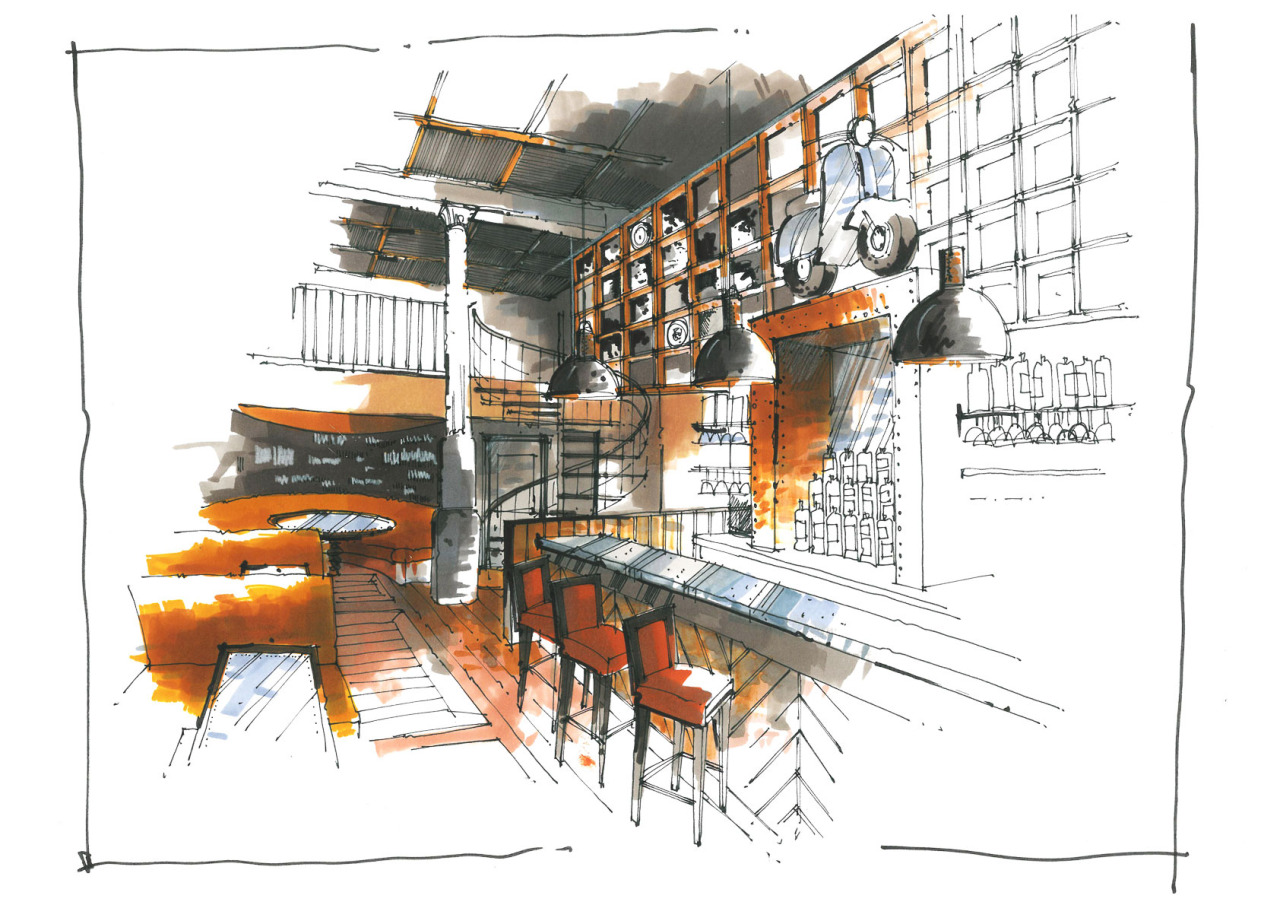
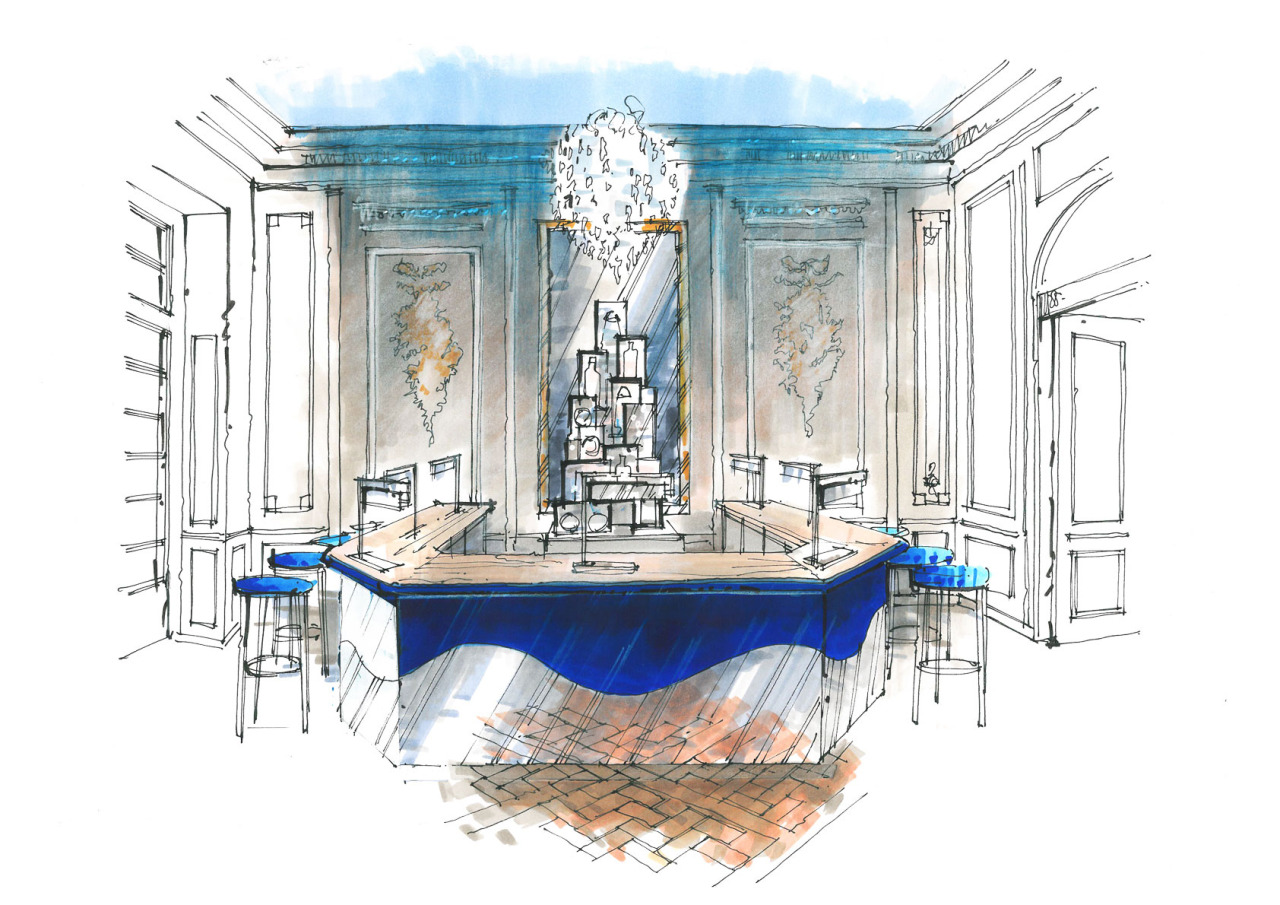
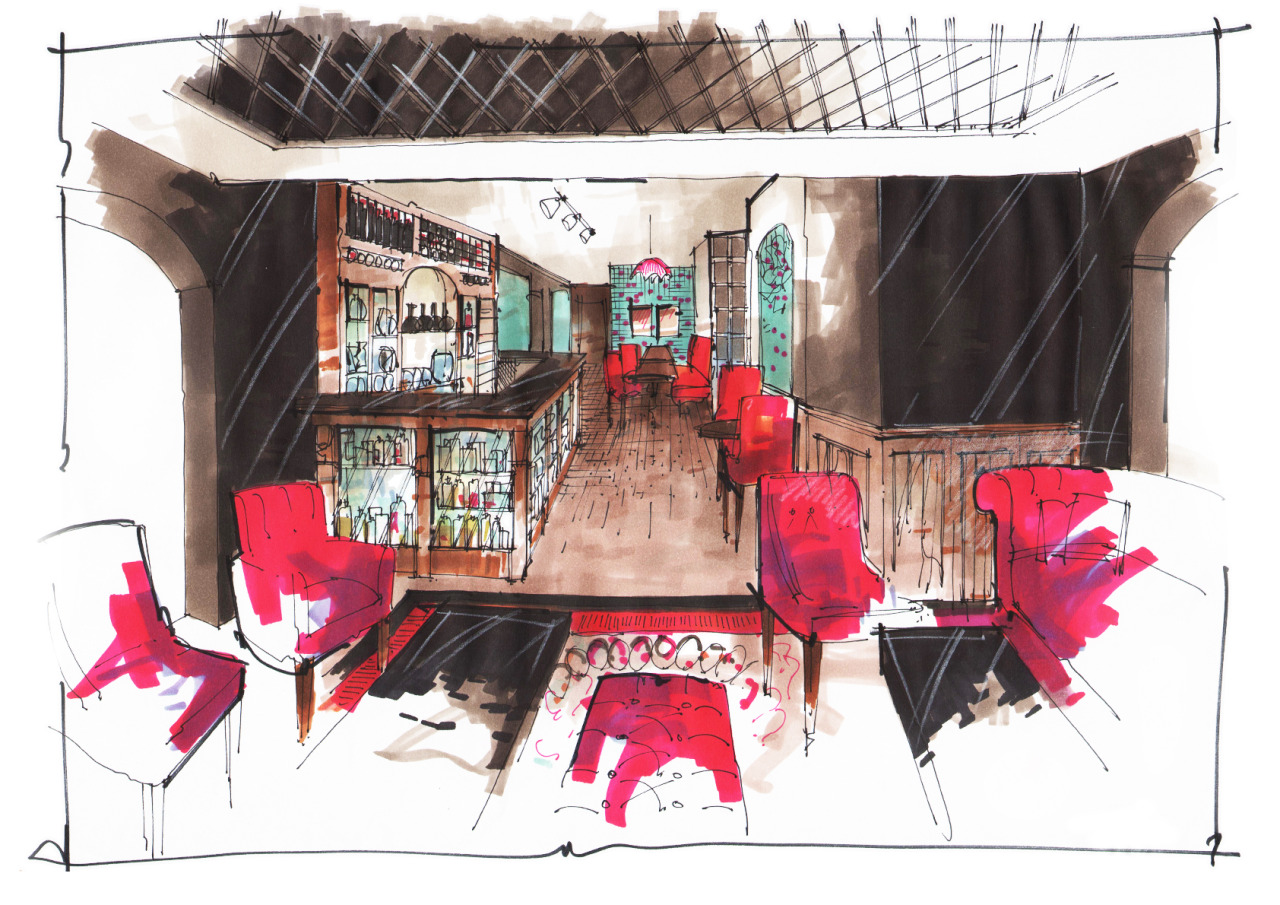
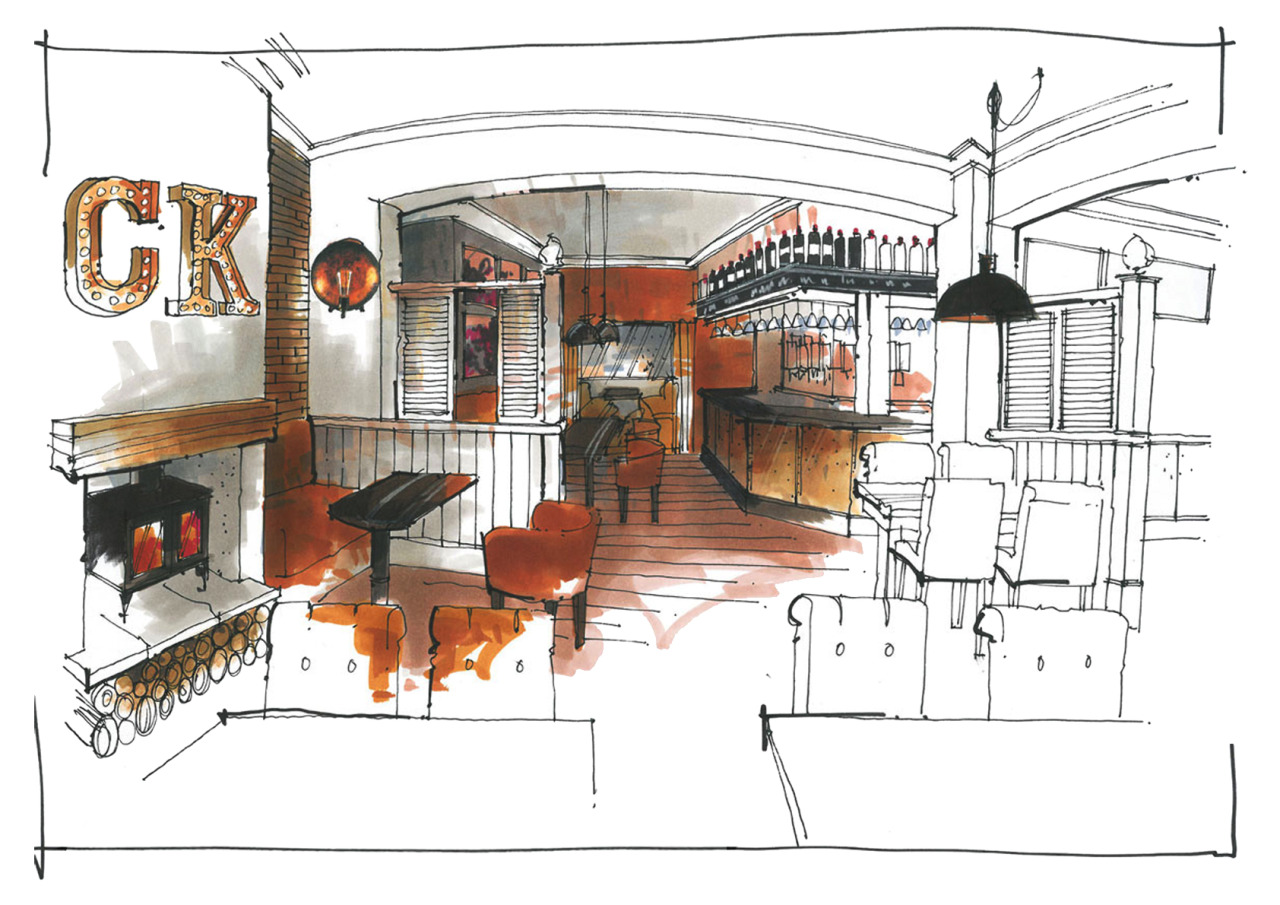
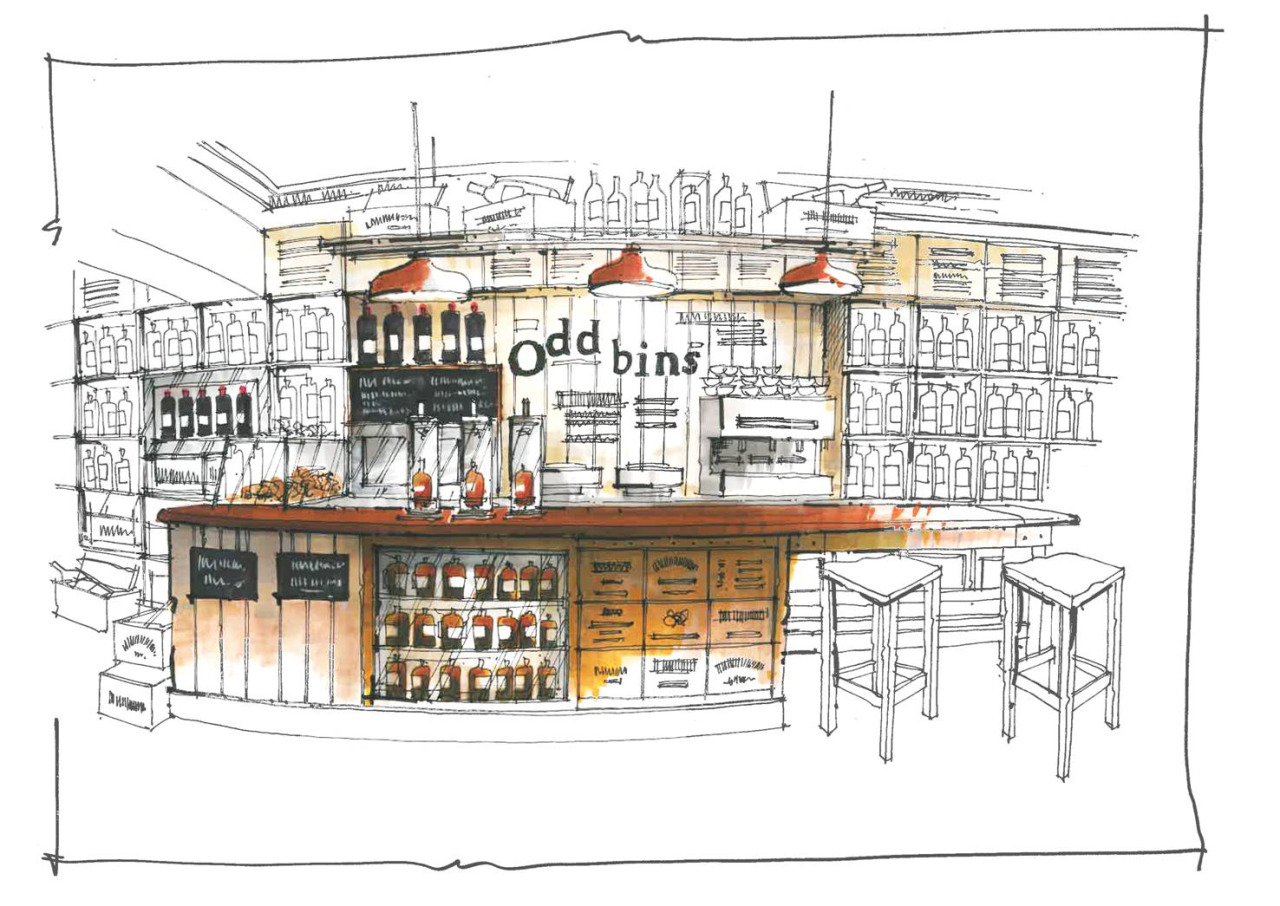

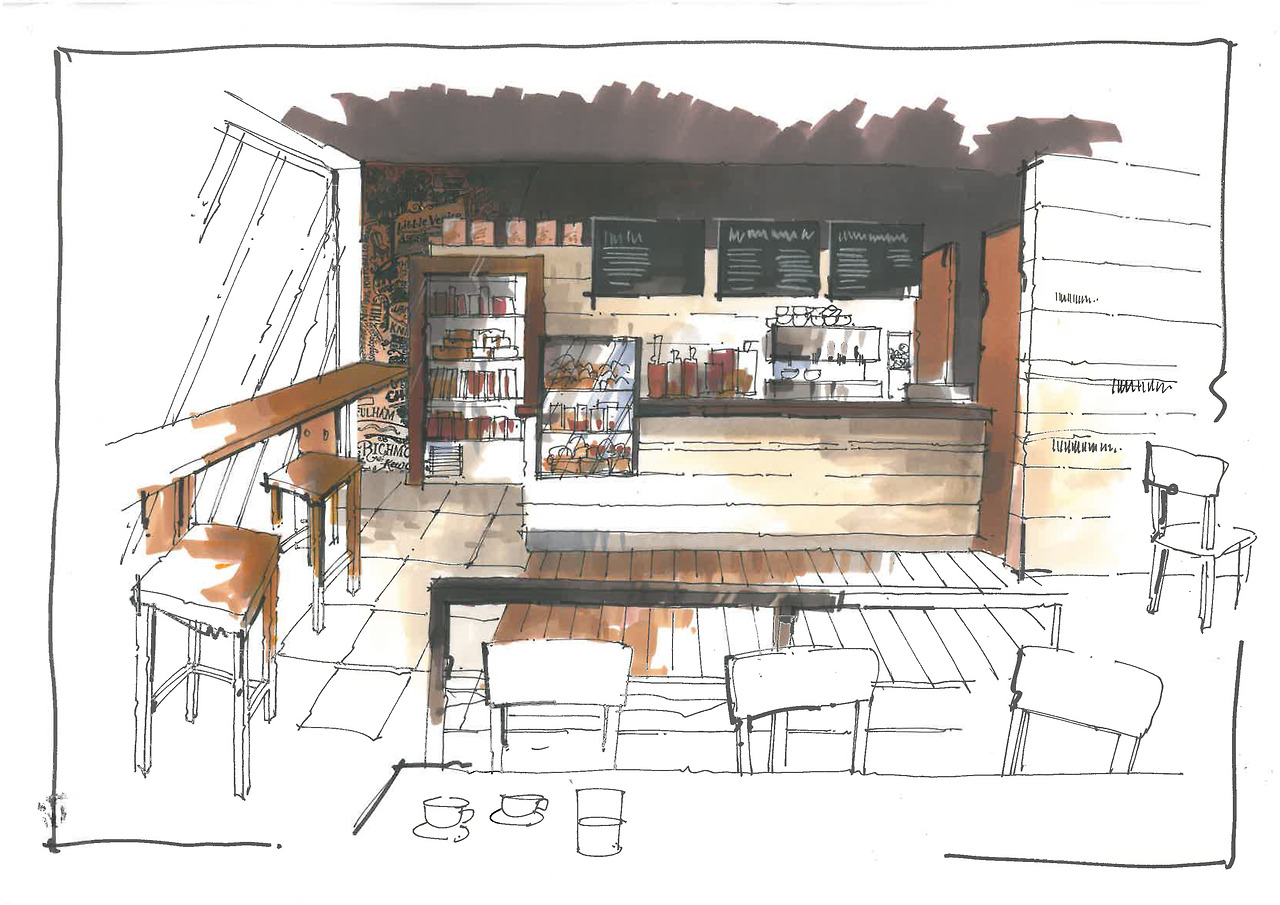
6. O. S.: How do you see the future of hand rendering in interior design?
R. Ch.: As fewer and fewer students are taught to sketch , the ‘ hand drawn‘ becomes a premium skill, providing that sense of the personal, the emotional response to a brief that a mechanical interpretation can’t. It might become a niche skill, but it will still be a sort-after niche skill.
7. O. S.: What one advise would you give for beginners in hand rendering?
R. Ch.: Look, really look. Practise. Find your own style. Practise. Don’t be precious, it’s only a visual.
Practise. Practise. Practise.
Interview with Richard Chadwick by Olga Sorokina.
P. S. Please share this inspiring interview with your friends, they will be glad you did. Thank you!
